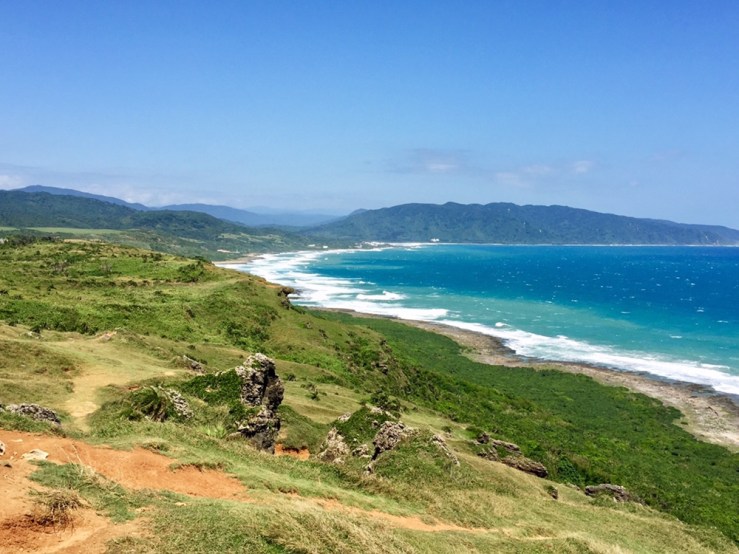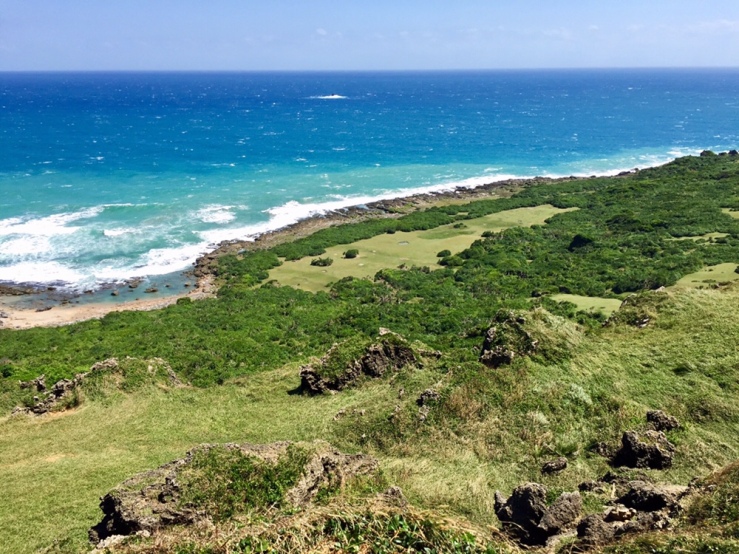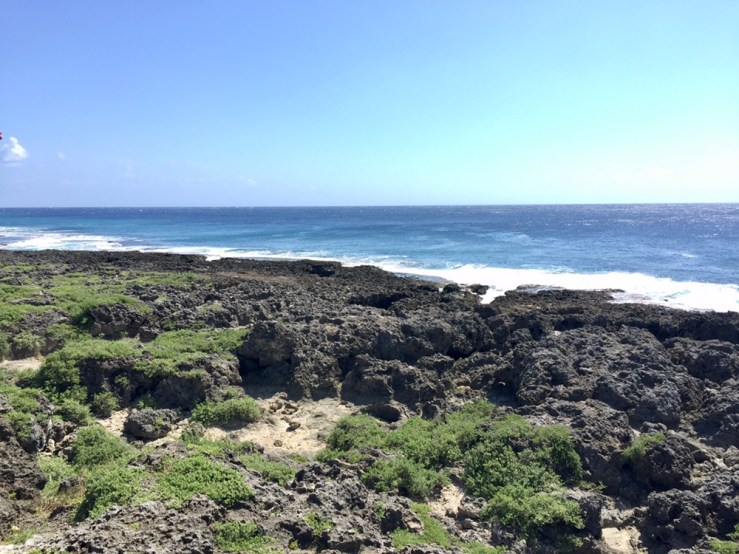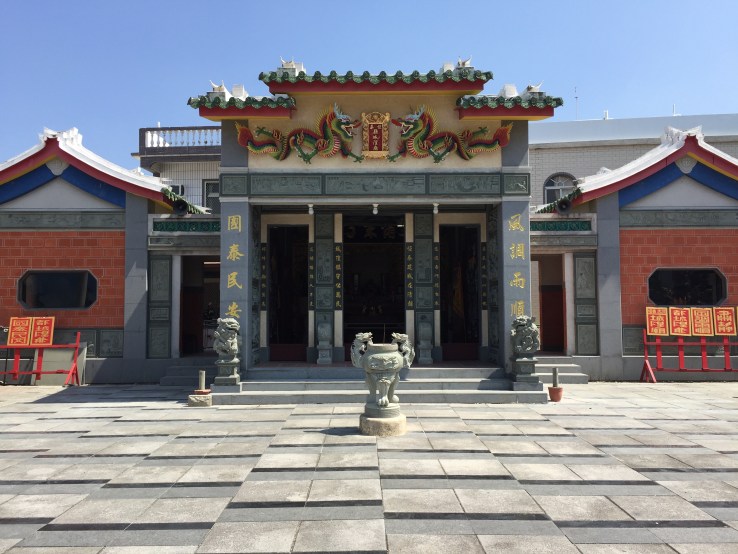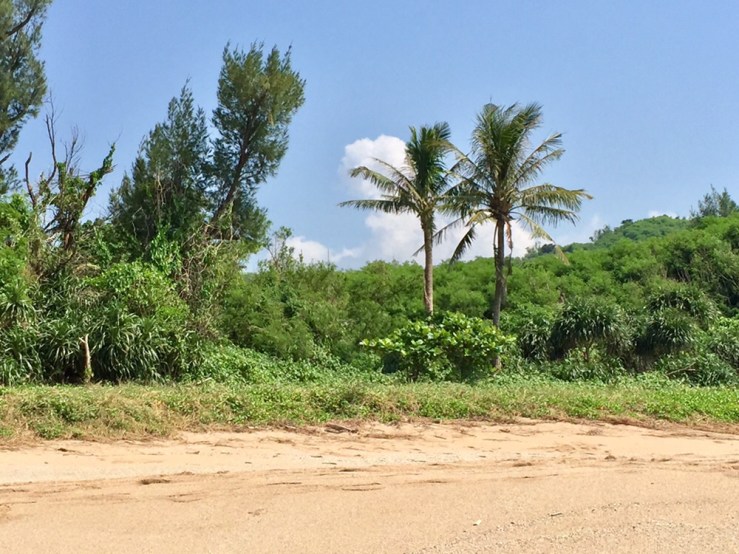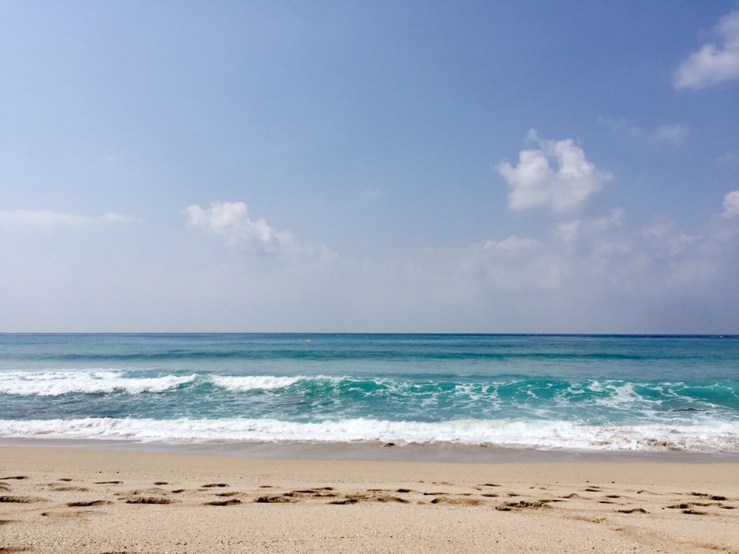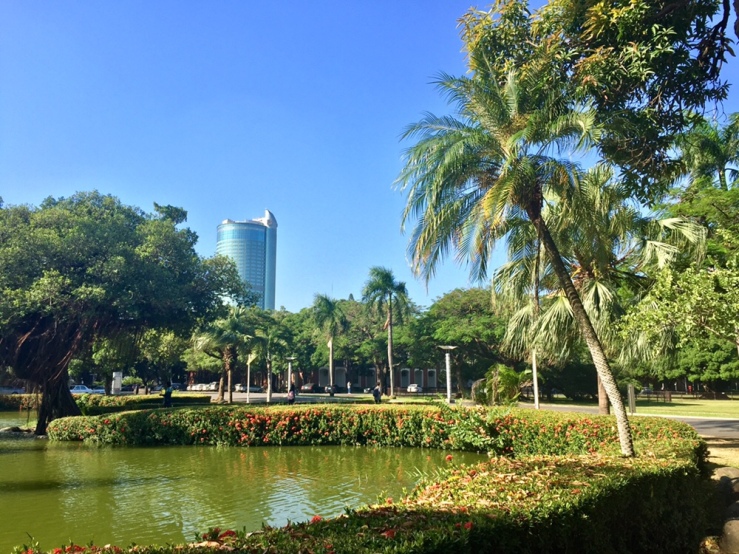
“Know your roots,” my cousin K. told me on a previous trip to Asia. What does it mean to know my roots as a first-generation American with family from Taiwan and Hong Kong? It’s a question that kept surfacing as I walked around Tainan (population 1.9 million). This was partially thanks to the frequent visual reminder of banyans, a fig tree with massive root systems and extensive branches.
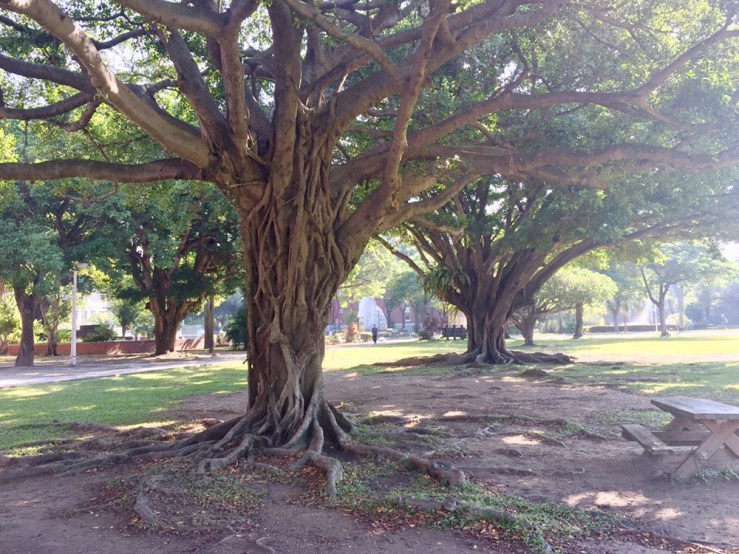
Beyond literal roots, Tainan is also Taiwan’s oldest city and was the stage for many of the events that shaped the country’s political history. The Dutch first established the Tainan as “Fort Zeelandia” in the early 17th century and it served as a major trade hub between China, Japan, and Europe. Later, Tainan served as the capital city of the Taiwan Prefecture under China’s Qing Dynasty for more than 200 years. In addition, Tainan is a spiritual epicenter and home to more than 2,000 temples and shrines, Buddhist and Taoist, large and small.
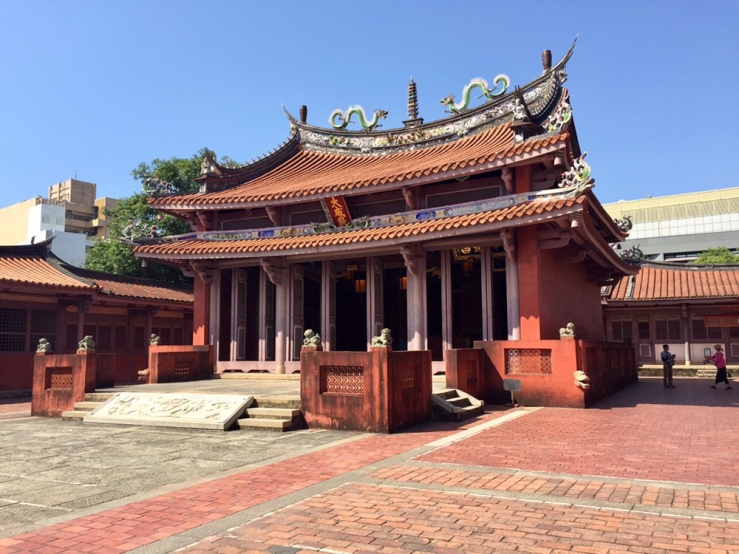
What I love about Tainan is the way its modern facade—its shopping centers, cafes, and street art—coexist with its historical and sacred sites. The city is less obviously altered by globalizing forces than places like Taipei or Hong Kong. It feels unapologetically Taiwanese in its demeanor and the spoken sound of the Taiwanese Hokkien dialect is ubiquitous. You can also trace the progression of history through Tainan’s old back alleys. Many of these alleys have retained their traditional character even as hip, new cafes and restaurants move in.
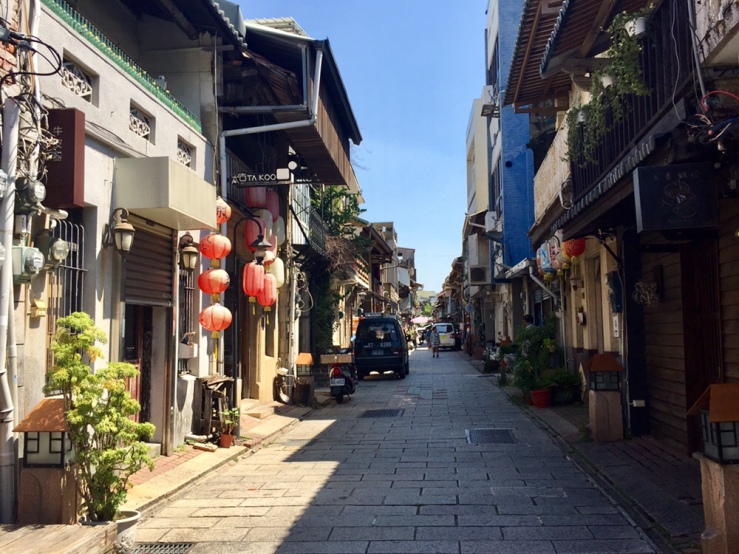
I thought the Anping Tree House was a fitting symbol for Taiwanese resilience amidst the waves of colonialism and occupation. The British Tait & Company built the former warehouse in 1867 as part of a trading hub for sugar and camphor. During Japanese colonialism, the building became a warehouse for a salt company. Eventually, the warehouse was abandoned, and the roots and branches of a giant banyan tree took over the building.
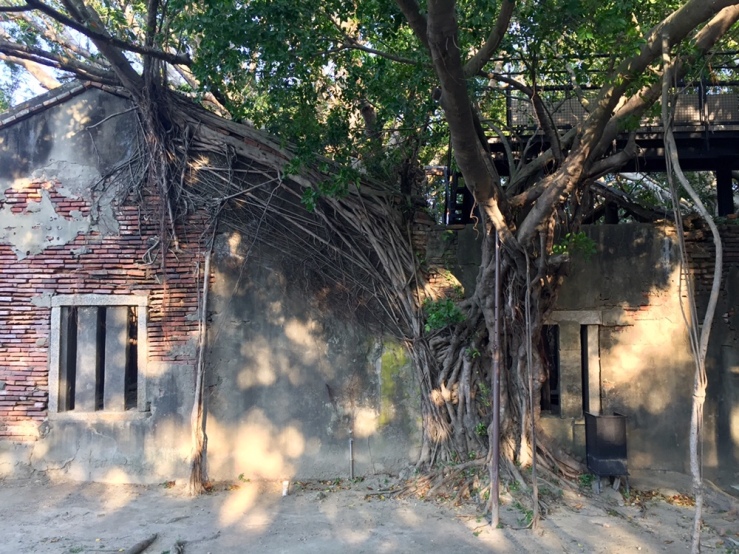
The Tree House also reminded me of the resilience of our cultural roots. For example, second-generation Americans like me may be culturally programmed as Westerners. But if we look deeply, we can find traces of our parents’ homelands—both traumas and graces—within ourselves. These contextual clues are especially precious in a time when we are becoming more and more rootless.
My favorite experience in Tainan was going for an early Friday morning walk in Tainan Park. The park is humble but beautiful, and graced with Chinese-style pavilions and bridges. I watched groups of senior citizens doing tai chi, aerobics, and stretching exercises to a mix of soundtracks: traditional Chinese music, K-pop, and a Mandarin mashup of “Ode to Joy” and hip hop beats. Here, on my morning walk—going through the rhythms of a normal day—I felt at home.
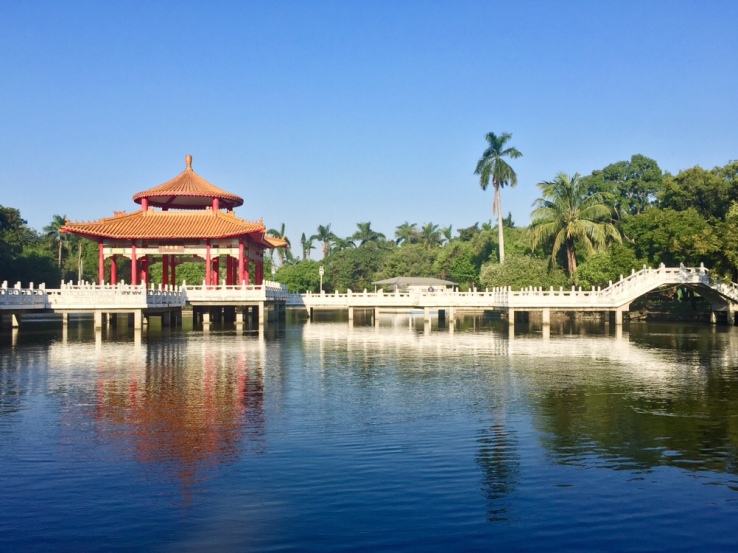
So what does it mean to “know your roots,” particularly if you’ve been uprooted? Spending time in Tainan taught me that I’m only beginning to understand, and that I have so much to learn. I was also reminded that it’s bittersweet to visit a home you never inhabited—to remember that you’ve been uprooted. Then again, maybe that’s the unique charm of living in a multicultural society like America. We’ve all got different roots, and a diverse set of crops is good for the soil.
